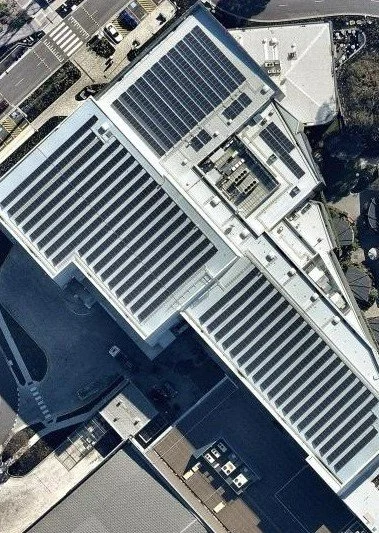
Renewables Structuring
Network Structuring for Renewables Projects. Greater Investment Returns. Less Risk.
Tenco property clients are moving towards a green energy future with a desire to reduce carbon emissions and benefit from the declining costs of renewable energy projects.
As renewable energy becomes increasingly viable in New Zealand, property owners are thinking about how to integrate these solutions into their private power networks. Renewable energy generation can be incorporated into both forms of private utility networks in New Zealand (embedded networks and customer networks).
Tenco advises property owners how best to deploy their renewable energy investments within a private utility network.
What scale of renewable energy project should be considered?
Property owners and their consultants will want to consider maximum consumption levels at their property to avoid exporting energy to the local grid — which may result poor project economics and increased regulatory risk over time. Where Tenco manages a private utility network, we have access to the data which will serve as the basis for this type of analysis. In consultation with your electrical engineer, Tenco can recommend where the system can be interconnected and how the metering can be configured across the property.
When should I contact Tenco to discuss my project plan?
The earlier Tenco is engaged in the design process, the more value we can provide. We can collaborate with your electrical design team to recommend the optimal private utility network structure, where the renewable generation should be interconnected and how to arrange the metering. Private utility networks can often provide our clients with greater flexibility than a standard arrangement from the local network company.
New Zealand’s Largest Rooftop Solar System
Tenco provides solutions for both large and small renewable energy projects across the country.
The largest rooftop solar array in New Zealand feeds into a Tenco managed embedded network. Our client consulted with Tenco early in the project cycle to make make certain that their solar system was sized and configured appropriately — leading to greater investment gains and prudent management of regulatory risk.


